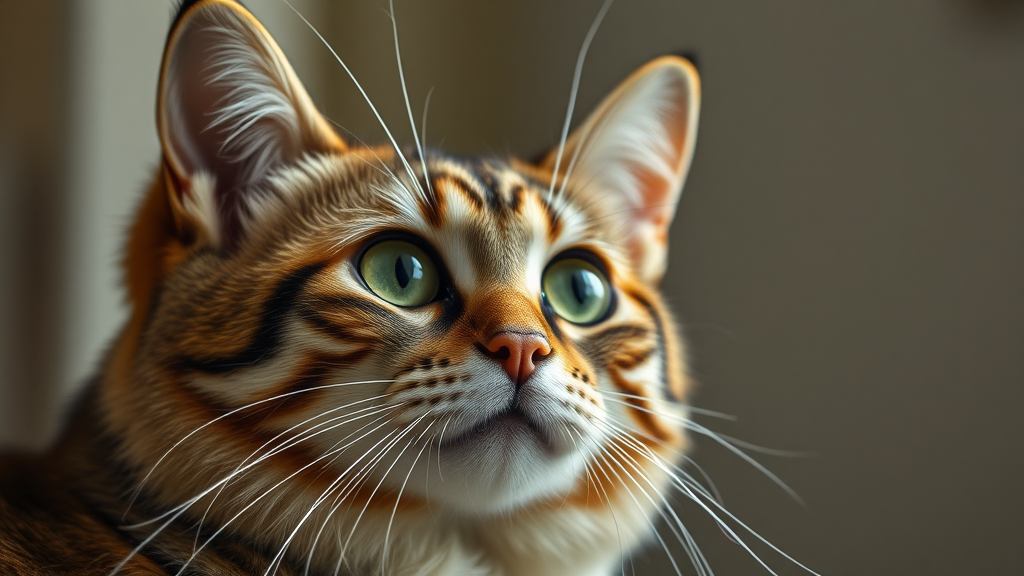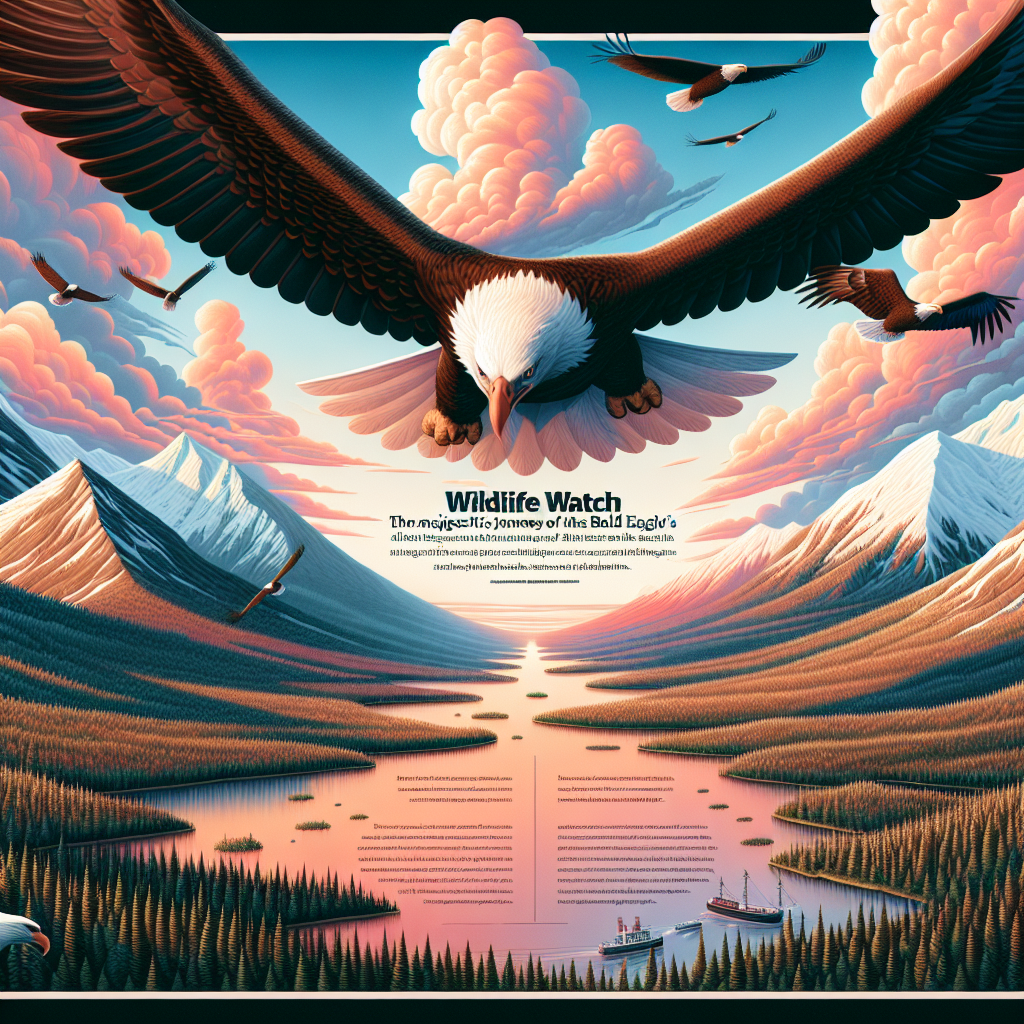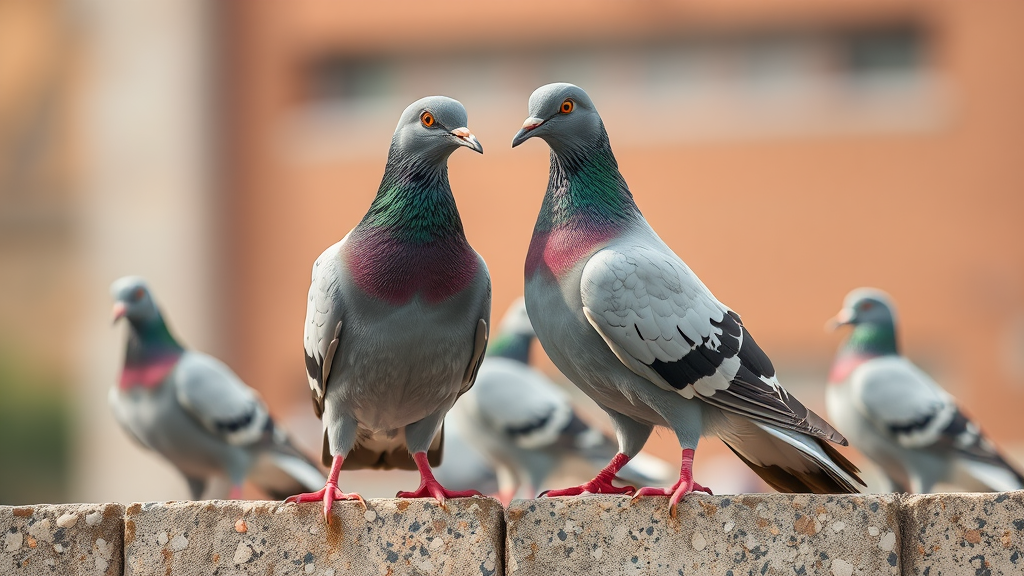Spotlight on the Leopard: Understanding the Elusive Big Cat
The leopard, with its sleek, powerful build and distinctive spotted coat, has long been a symbol of mystery and allure in the animal kingdom. Despite being widely regarded as one of the more adaptable of the large cats, the leopard remains an enigma in many ways. Understanding this elusive predator involves delving into its evolutionary history, behavioral patterns, and the challenges it faces in the modern world.
Evolutionary Adaptation
The leopard (Panthera pardus) is a member of the Felidae family and is one of the smallest members of the big cat genus Panthera, which also includes lions, tigers, and jaguars. Over millions of years, leopards have evolved a range of adaptations that make them one of the most versatile predators on the planet.
Their adaptability is perhaps their most remarkable trait, allowing them to thrive in a diverse array of habitats — from arid deserts and savannas to dense rainforests and alpine regions. This adaptability is largely due to their opportunistic hunting methods and diverse diet, which includes over 90 different species ranging from insects to large ungulates.
Unique Hunting Techniques
Leopards are solitary hunters and largely nocturnal, taking advantage of their excellent night vision to stalk their prey stealthily. Their muscular build allows them to overpower prey, while their remarkable climbing ability enables them to drag kills into trees, safeguarding them from scavengers such as hyenas and lions.
Unlike other big cats, leopards do not rely on speed to catch their prey. Instead, they use stealth, patience, and the element of surprise. Watching a leopard hunt is a testament to the power of patience and precision, waiting for just the right moment to launch their attack.
Behavior and Social Structure
Leopards are solitary creatures, coming together only during mating. After a gestation period of approximately 90 days, a female leopard gives birth to a litter of two to three cubs. These cubs are born blind and are dependent on their mother for survival in the early months of life.
Territorial in nature, leopards use scent marks and scratch marks on trees to communicate their presence to other leopards. These territories, however, can overlap, and leopards have been known to tolerate one another, especially if food is plentiful.
Conservation Status and Threats
The International Union for Conservation of Nature (IUCN) currently lists leopards as "Vulnerable," with populations decreasing in many areas. The reasons for this decline are multifaceted, stemming largely from habitat loss due to deforestation and human encroachment, as well as poaching and conflict with humans.
While leopards are highly adaptable, the rapid pace of habitat destruction coupled with diminishing prey densities makes survival increasingly precarious. In parts of Asia and the Middle East, leopards are critically endangered, with some sub-species like the Amur leopard on the brink of extinction.
The Role of Conservation
Conservation efforts are critical to ensuring the survival of leopards. This involves habitat preservation, anti-poaching measures, and fostering coexistence between humans and wildlife through community engagement and education.
Key initiatives include expanding protected areas, restoring degraded habitats, and creating wildlife corridors to ensure genetic diversity. Furthermore, promoting eco-friendly agriculture and sustainable tourism can provide economic incentives for local communities to conserve leopard habitats.
A Symbol of Wilderness
The leopard remains one of the most captivating and evocative symbols of the wilderness. Their silent prowls, ghost-like presence, and incredible adaptability ensure they hold a unique place in the world of the big cats. Yet, despite their prowess, their survival is irrevocably tied to the health of their environment and the attitudes of the human populations with whom they share increasingly crowded spaces.
Understanding and protecting the leopard is not just about conserving a single species; it is about preserving the rich tapestry of the ecosystems they inhabit and maintain. As we spotlight the leopard in all its grace and mystery, it becomes a reflection of the delicate balance between nature and humanity.










